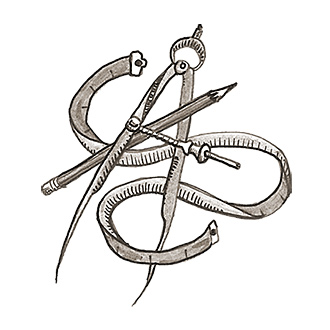
Related Questions
- Can I make my car fly?
- Are Santa’s reindeer used for propulsion or navigation?
- Is there a way to detect my car’s keyless remote if I don’t know where it is?
- Why don’t spacecraft burn up or veer off course during reentry from space?
- What’s the difference between a motor and an engine?
- Can a honeybee cause a sonic boom if it travels fast enough?
- Will public transportation ever replace the automobile?
- What are the future propulsion systems for interplanetary travel?
- How can a person ride a motorcycle 100 mph but not stand up in a 100 mph wind?
- Is it possible to make solar-powered airplanes?
Can helicopters fly upside down?
In theory (and in miniature), they can — but this isn’t something your average helicopter is built to do. Stunt shows are, of course, another story…
By Mark DwortzanTo gain altitude and remain airborne, helicopters rely on rotor blades that generate vertical thrust. So what happens if a helicopter goes belly up? In theory, such a helicopter could stay aloft, maintains Emilio Frazzoli, associate professor of aeronautics and astronautics, whose research centers on improving the maneuverability of next-generation autonomous helicopters and other vehicles.
An acrobatic airplane can fly upside down by tilting its nose slightly upwards and using its wings to generate lift while it’s inverted — even though the wings are built to do it with the other face up. Theoretically, an inverted helicopter could use its rotors in a similar way: instead of positioning the rotor blades to generate thrust toward the top of the helicopter (as in normal operations), the pilot could orient them to produce thrust toward the bottom of the helicopter, thus keeping it aloft when inverted.
“Imagine you’re attached to a rotor blade,” Frazzoli suggests. “In order to generate lift upwards, you have to tilt the blade a little bit upwards. To generate lift toward the bottom of the helicopter, you have to tilt the blade a little bit downwards.”
Upside-down flight is actually quite common among model radio-controlled helicopters, Frazzoli observes. Go to your nearest RC airfield and you’ll likely encounter at least one enthusiast flying his model chopper upside down. Once the helicopter is upside down, then it is controlled in pretty much the same way as if it were right-side-up — except that the controls are inverted. For instance, the pilot would need to push the stick backward to make the helicopter move forward, and decrease the thrust to make it gain altitude.
However, there’s a world of difference between a commercial helicopter and these model versions. The higher mass and complex design of real helicopters make flying them upside down neither safe nor feasible.
To enable a commercial helicopter to fly upside down, manufacturers would need to make its rotor blades more rigid so as not to flex too close to the main body of the helicopter (otherwise they could rip off their own fuselage or other critical components). They would also need to redesign the joint that connects the rotor blades with the rest of the vehicle so it could bear the load of an upturned helicopter. Finally, they would need to develop new controls to allow the rotor blades to tilt downwards and reconfigure the engine so that fuel and lubricants could be distributed properly while the helicopter was inverted.
Even without these changes, many of today’s helicopters can fly upside down for seconds at a time, notes Frazzoli. “Military and acrobatic helicopter pilots often perform loops and barrel rolls in which their vehicle momentarily flies upside down,” he says. “During that time, the rotor still generates thrust toward the top of the helicopter, so the pilot must maintain sufficient momentum and altitude to remain airborne.”
Watch for that trick at your next local air show.
Thanks to Brian LeFloch of Hopewell Junction, NY, for his question.
Posted: September 29, 2009